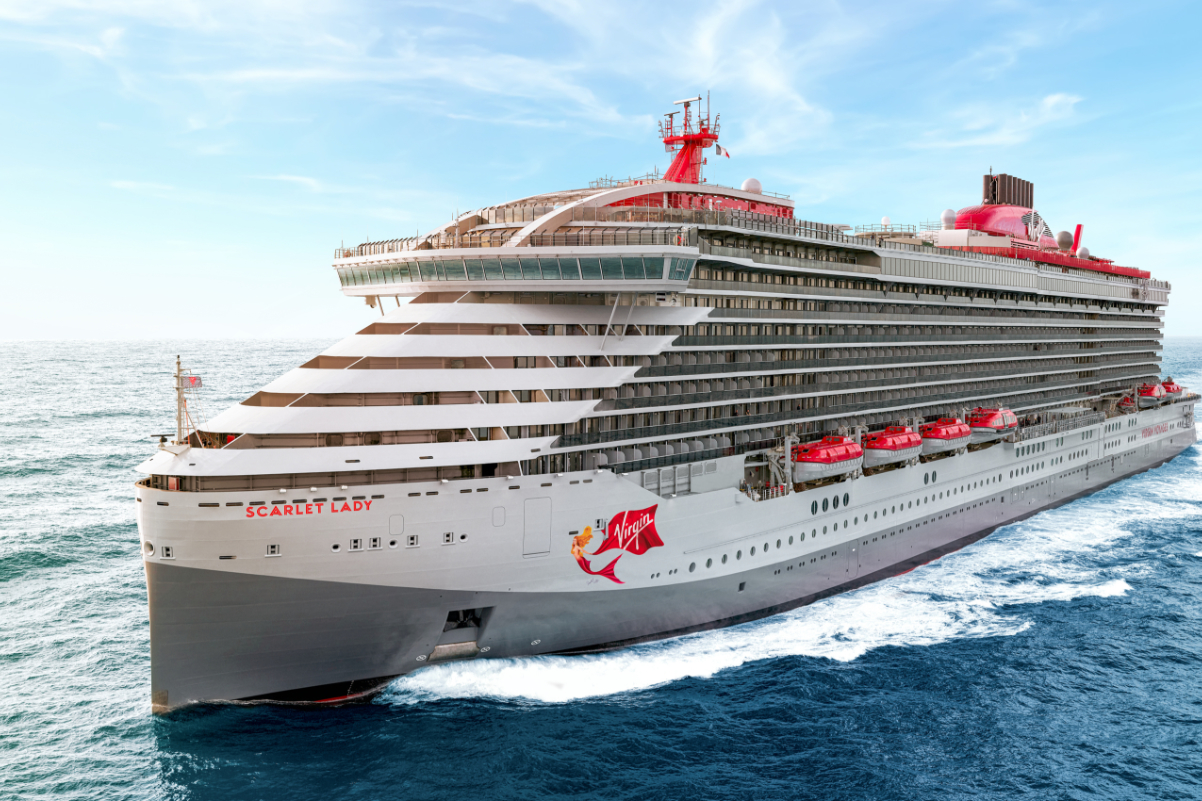What will ANA need to do to get customers on to its Dreamliners?
Skift Take
ANA Holdings Inc., the biggest operator of Boeing Co. 787s, faces a challenge in luring back customers as it prepares for its first Dreamliner flight in more than three months after battery problems grounded planes.
ANA will operate a 787 test flight with Chief Executive Officer Shinichiro Ito and Boeing Commercial Airplanes President Ray Conner at about 8:50 a.m. Tokyo time today, the carrier said on April 26.
Tokyo-based ANA is aiming to resume the use of its Dreamliners starting in June after lithium-ion batteries on two of the planes overheated and melted, causing operators worldwide to cancel flights. A 787 flight yesterday by Ethiopian Airlines Enterprise was the world’s first since the Jan. 16 grounding, the longest for a large commercial aircraft by U.S. and Japanese regulators since jet airliners were introduced in the 1950s.
“It’s going to be difficult to get passengers to fly,” said Ryota Himeno, an analyst at Barclays Securities Japan Ltd. “A month isn’t long enough to convince passengers. ANA needs to invest a lot of time in flying the planes before customers come back.”
Japan’s government approved the resumption of 787 flights by ANA and Japan Airlines Co., the world’s second-largest operator of Dreamliners, on April 26. ANA operates 17 787s and JAL has seven.
‘Ensure safety’
“We will ask Japanese airlines to ensure the safety of passengers and provide them with information,” Akihiro Ohta, Japan’s transport minister, told reporters in Tokyo on April 26.
ANA fell 0.5 percent to 209 yen at the close in Tokyo on April 26, while Japan Airlines gained 3.6 percent to 4,750 yen. Boeing rose 1.3 percent to $92.85 in New York trading.
Boeing has about 300 personnel on 10 teams to make the Dreamliner fixes, which take about five days each, it has said.
ANA started repairs April 22 at four airports around Japan, according to Ryosei Nomura, a spokesman. JAL also started fixing the batteries last week, Hisanori Iizuka, a spokesman for the carrier, said April 26.
ANA will conduct about 230 test flights for pilots with the upgraded 787s, Hiroyuki Ito, a senior executive vice president, told reporters last week. The carrier will also inspect the battery systems after flights.
The airlines received service bulletins on repairs from Boeing after the manufacturer won FAA approval for the 787’s redesigned battery system. The cost for replacing the system will be about $465,000 a plane in the U.S., the FAA said last week. The battery fix adds about 150 pounds of weight to a 787.
More protection
Boeing’s reworked battery includes more protection around the cells to contain overheating, a steel case to prevent any fire from spreading and a tube that vents fumes outside the fuselage.
ANA and JAL also have put in place a system to monitor the batteries during flights and transmit data to the ground, the carriers have said.
Neither the FAA nor the NTSB has determined what caused the battery faults that sparked a Jan. 7 fire on a JAL 787 in Boston and forced an emergency landing by an ANA jet in Japan nine days later.
“Even if we never know the root cause, the enclosure keeps airplanes safe, and eliminates the possibility of fire,” Mike Sinnett, vice president and chief project engineer of the 787 program, told reporters in Tokyo yesterday.
The Dreamliner is the only large commercial jet equipped with lithium-ion batteries as part of its power system. GS Yuasa Corp. makes the batteries, which are part of an electrical power conversion system built by France’s Thales SA. United Technologies Corp.’s aerospace unit supplies the system, which uses enough electricity to power 400 homes.
Airbus SAS abandoned lithium-ion batteries for its A350, the direct rival to the 787, after Boeing encountered problems. Airbus plans the first A350 deliveries next year.
With assistance from Yusuke Miyazawa in Tokyo. Editors: Jim McDonald, Heather Langan. To contact the reporters on this story: Chris Cooper in Tokyo at ccooper1@bloomberg.net; Kiyotaka Matsuda in Tokyo at kmatsuda@bloomberg.net. To contact the editor responsible for this story: Anand Krishnamoorthy at anandk@bloomberg.net. ![]()




